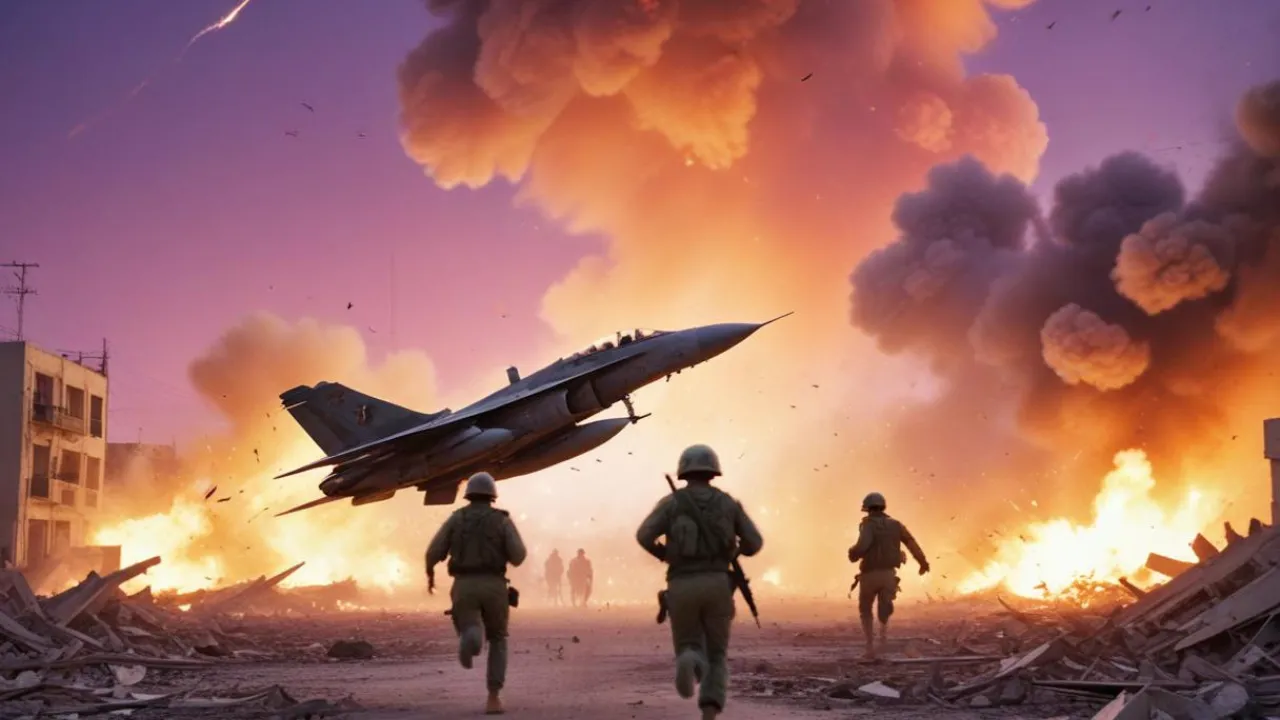No products in the cart.
Blog
What Countries Will Be In World War 3?
Predicting which countries would be involved in a hypothetical “World War 3” is highly speculative and depends on numerous unpredictable geopolitical, economic, and military factors. While no specific conflict scenario can be accurately outlined, some countries could potentially be involved due to their global influence, military alliances, and historical tensions. Here are some key factors and potential participants based on existing international dynamics and military alliances:

1. Major Global Powers
- United States: As one of the world’s leading military and economic powers, the U.S. is frequently involved in global conflicts, particularly through its role in NATO and its strategic alliances with many countries across Europe, the Middle East, and Asia.
- Russia: Russia is another major military power and has been involved in numerous geopolitical conflicts, such as the ongoing war in Ukraine. Given its strategic opposition to NATO and the West, Russia could be a key participant in any global conflict.
- China: China’s rapid economic and military expansion, along with its territorial disputes in the South China Sea and tensions with Taiwan, puts it in a position to be involved in any global-scale war. It could also align with Russia or other anti-Western forces due to shared interests in countering U.S. influence.
2. Military Alliances and Blocks
NATO (North Atlantic Treaty Organization)
NATO is a military alliance made up of 31 member countries, including most European nations, the U.S., and Canada. If a war breaks out between a NATO member and an adversary, the principle of collective defense (Article 5) could lead to the involvement of all NATO members.
Potential participants from NATO could include:
- United States
- United Kingdom
- France
- Germany
- Canada
- Turkey (though its relationship with NATO has been strained in recent years)
- Poland, Baltic States (Estonia, Latvia, Lithuania): These countries, being geographically close to Russia, are seen as potential flashpoints in any conflict with Russia.
CSTO (Collective Security Treaty Organization)
The CSTO is a military alliance led by Russia, comprising former Soviet republics. In a conflict involving Russia, these countries might be drawn into the conflict, particularly:
- Belarus
- Armenia
- Kazakhstan
- Kyrgyzstan
- Tajikistan
Potential Allies of China
Countries with close political, economic, or military ties to China might align with it in a conflict, including:
- North Korea: Given its long-standing alliance with China and hostility toward the U.S. and South Korea, North Korea could be involved in any conflict involving China.
- Pakistan: Pakistan has a close military and economic relationship with China, particularly in opposition to India. Its involvement would depend on regional dynamics, especially if India becomes involved.
3. Potential Regional Flashpoints
Eastern Europe (Ukraine-Russia Conflict)
The ongoing war between Russia and Ukraine has already heightened tensions between NATO and Russia. Should this conflict escalate further, it could lead to wider European involvement, pulling in more NATO members and potentially sparking a broader conflict between Russia and the West.
South China Sea and Taiwan
China’s territorial ambitions in the South China Sea and its threats to Taiwan are flashpoints that could escalate into a broader conflict, particularly if the U.S. intervenes to defend Taiwan. In such a scenario, other U.S. allies in the region, such as:
- Japan
- South Korea
- Australia could be drawn into the conflict.
Middle East
The Middle East remains a volatile region with ongoing conflicts and tensions, particularly involving:
- Iran: Iran’s opposition to the U.S. and its allies, particularly Israel and Saudi Arabia, could draw it into a larger conflict, especially if tensions over its nuclear program boil over.
- Israel: Israel’s involvement in regional conflicts and its alliances with the U.S. could make it a participant if war breaks out in the Middle East.
- Saudi Arabia: The rivalry between Saudi Arabia and Iran, along with Saudi Arabia’s alliance with the U.S., could make it a key player in any conflict involving Iran.
South Asia (India-Pakistan Tensions)
India and Pakistan have long-standing territorial disputes, particularly over Kashmir. Both countries possess nuclear weapons, and any escalation of tensions between them could have global consequences. Their respective alliances with other powers, such as China’s ties to Pakistan and India’s growing relationship with the U.S., could expand the scope of a regional conflict into a global one.
4. Potential Neutral or Non-Aligned Countries
While many countries might try to avoid involvement in a global conflict, neutrality could become difficult depending on how the war unfolds. Some countries that have traditionally maintained neutrality or non-alignment may be forced to take sides due to economic, military, or geographic pressures. These could include:
- Switzerland: Traditionally neutral, but may be affected by European conflicts.
- India: Despite tensions with Pakistan and China, India often takes a non-aligned approach in global conflicts, although it has increasingly aligned with the U.S. in recent years.
- Scandinavian Countries (Sweden, Finland): Sweden and Finland have historically been neutral but are moving closer to NATO, particularly after Russia’s invasion of Ukraine.
5. Cyber Warfare and Unconventional Battles
Beyond traditional military conflicts, World War 3 could involve significant cyber warfare. Countries with advanced cyber capabilities, such as the U.S., China, Russia, Israel, and North Korea, may engage in large-scale attacks on infrastructure, financial systems, and communication networks, affecting nations globally even if they are not physically involved in the fighting.
6. The Role of Nuclear Weapons
One of the most critical factors in any potential global conflict is the presence of nuclear weapons. Countries such as the U.S., Russia, China, France, the UK, India, Pakistan, Israel, and North Korea all possess nuclear arsenals. The threat of nuclear escalation is a significant deterrent against large-scale wars, as it could lead to mutually assured destruction (MAD).
Conclusion
It’s impossible to predict exactly which countries would be involved in a potential World War 3, as future conflicts depend on countless variables. However, based on current geopolitical tensions, it’s likely that a global conflict could involve major powers like the U.S., Russia, China, and their respective allies, along with regional powers drawn into the fray due to alliances, territorial disputes, or economic interests.
The potential consequences of such a conflict, especially in an age of nuclear weapons and cyber warfare, would be devastating. Diplomatic efforts, international cooperation, and conflict resolution are essential to avoid such an outcome.
